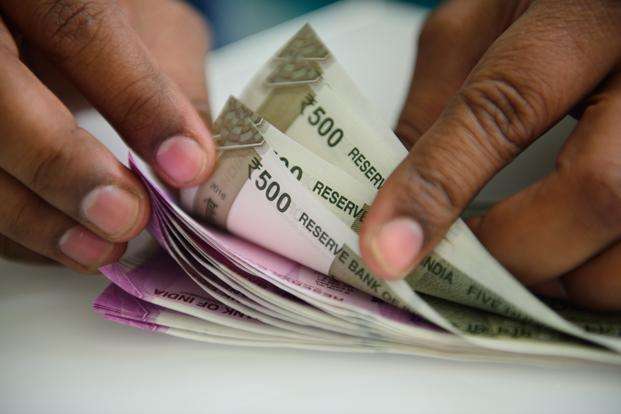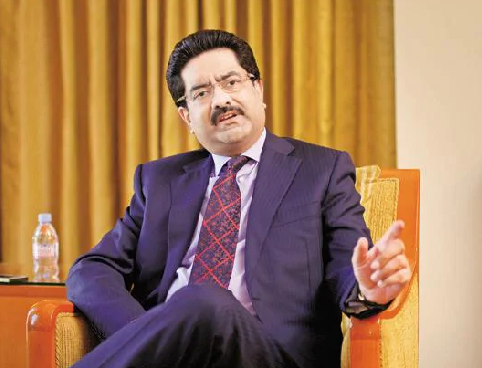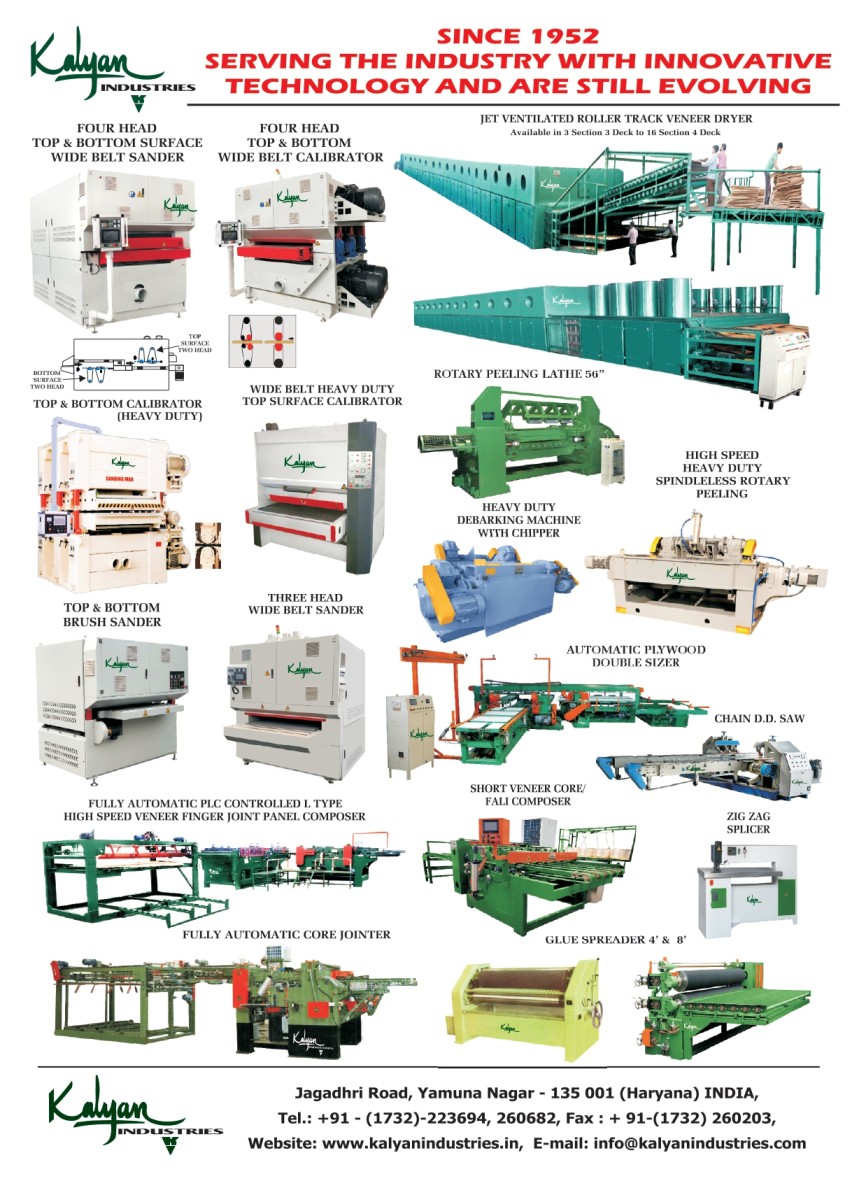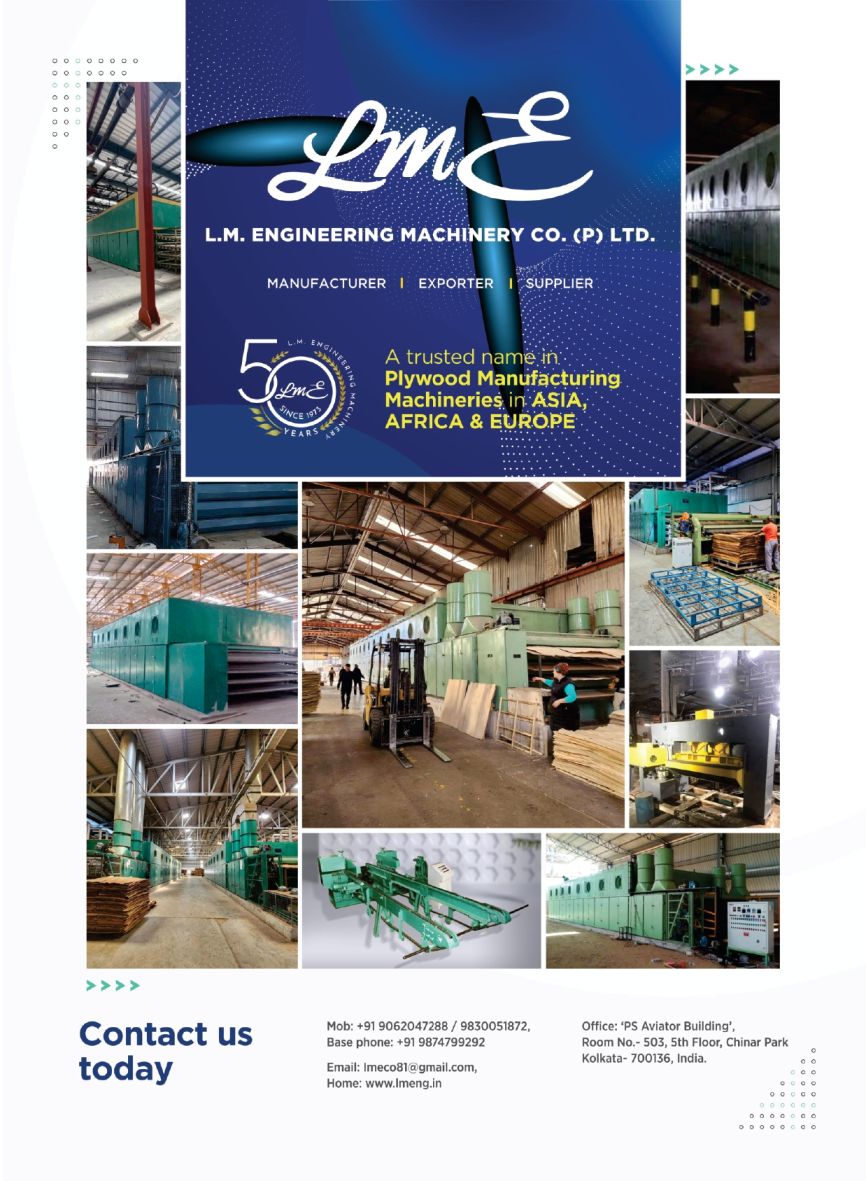
Phase of Cheap loan is over
- March 5, 2021
- 0
In the first and second week of January, several big banks in the country, including the RBI, had announced to increase interest rates on FD. This was believed to be an indication that the phase of cheap loans was over, and interest rates on loans were going to increase.
The RBI has deposited this money at an interest of up to 3.55 percent. This rate of interest is higher than the reverse repo rate. Whenever banks have extra cash, they deposit it with the RBI. This is called reverse repo. The RBI has fixed the reverse repo rate at 3.35 percent. But taking extra cash at 3.55 percent indicates that it wants to reduce the liquidity in the banking system.
The requirement of funds for banks increases when liquidity decreases. That is, they get money at higher interest. Therefore, when they give loan, they also charge more interest on it.
It is believed that there is currently about 5.6 lakh crores of extra cash in the banking system. Economic activity has not yet reached the pre-Corona level. Therefore banks are not able to disburse extra loan. According to the RBI, debt of banks is growing at a slow pace of 5-6 percent. This is the reason that they have accumulated excess cash. Banks and the Financial Institution had bid to deposit R3 lakh crore in reverse repo. RBI approved bid of 2 lakh crores only.
The RBI had reduced interest rates to accelerate the economy. When the economic activity slowed down due to the lockdown, the RBI had cut interest rates to speed it up. The motive was that people should buy by cheap loans or the industry should invest more.
Experts also believe that RBI can bring the cash reserve ratio (CRR) to 4 percent again. Banks have to keep a portion of the money deposited with the RBI. This is called CRR. About a year ago, the RBI reduced it from 4 percent to 3 percent. Increasing the CRR by 1 percent will reduce the cash in the banking system by R1.5 lakh crore.
सस्ते कर्ज के दिन गये
जनवरी के पहले और दूसरे हफ्ते RBI में समेत देश के कई बड़े बैंकों ने FD पर ब्याज दरें बढ़ाने की घोषणा की थी। इसे इस बात का संकेत माना जा रहा था कि सस्ते कर्ज का दौर खत्म हो गया, और लोन पर भी ब्याज दरें बढ़ने वाली हैं।
FDI ने 3.55 प्रतिशत तक ब्याज पर यह पैसा जमा लिया है। ब्याज की यह दर रिवर्स रेपो रेट से ज्यादा है। बैंकों के पास जब भी एकस्ट्रा कैश होता है, तो वे उसे FDI के पास जमा करते हैं। इसे रिवर्स रेपो कहा जाता है। RBI ने रिवर्स रेपो दर 3.35 प्रतिशत तय कर रखी है। लेकिन 3.55 प्रतिशत पर एकस्ट्रा कैश लेना यह बताता है कि बैंकिंग सिस्टम में बढ़ी लिक्विडिटी यानी कैश को वह कम करना चाहता है।
लिक्विडिटी कम होने पर बैंकों के लिए फंड की लागत बढ़ जाती है। यानी उन्हें ज्यादा ब्याज पर पैसा मिलता है। इसलिए जब वे कर्ज देते हैं तो उस पर भी ज्यादा ब्याज लेते हैं।
माना जा रहा है कि बैंकिंग सिस्टम में अभी करीब 5.6 लाख करोड़ रुपए एकस्ट्रा कैश है। आर्थिक गतिविधियां अभी तक कोरोना से पहले के स्तर पर नहीं आई हैं। इसलिए बैंक ज्यादा लोन नहीं दे पा रहे हैं। RBI के अनुसार बैंकों का कर्ज 5-6 प्रतिशत की धीमी गति से बढ़ रहा है। यही कारण है कि उनके पास अतिरिक्त कैश जमा हो गया है। बैंकों और फाइनेंशियल इंस्टीट्यूशन ने 3 लाख करोड़ रुपए रिवर्स रेपो में जमा करने की बिड की थी। RBI ने 2 लाख करोड़ की बिड मंजूर की।
इकोनाॅमी में तेजी लाने के लिए RBI ने ब्याज घटाया था। लाॅकडाउन के कारण आर्थिक गतिविधियां धीमी पड़ीं, तो उसमें तेजी लाने के लिए RBI ने ब्याज दरों में कटौती की थी। मकसद यह था कि लोग सस्ता कर्ज लेकर खरीदारी करें या इंडस्ट्री उसे निवेश करे।
विशेषज्ञों का यह भी मानना है कि RBI कैश रिजर्व रेशियो (CRR) को भी फिर से 4 प्रतिशत पर ला सकता है। बैंकों को अपने पास जमा पैसे का एक हिस्सा RBI के पास रखना पड़ता है। इसे CRR कहते हैं। करीब एक सल पहले RBI ने इसे 4 प्रतिशत से घटाकर 3 प्रतिशत किया था। CRR 1 प्रतिशत बढ़ा तो उससे बैंकिंग सिस्टम में एकस्ट्रा कैश 1.5 लाख करोड़ रुपए कम हो जाएगा।































































